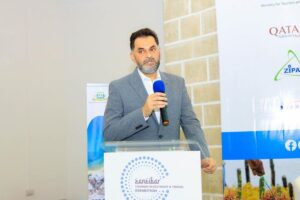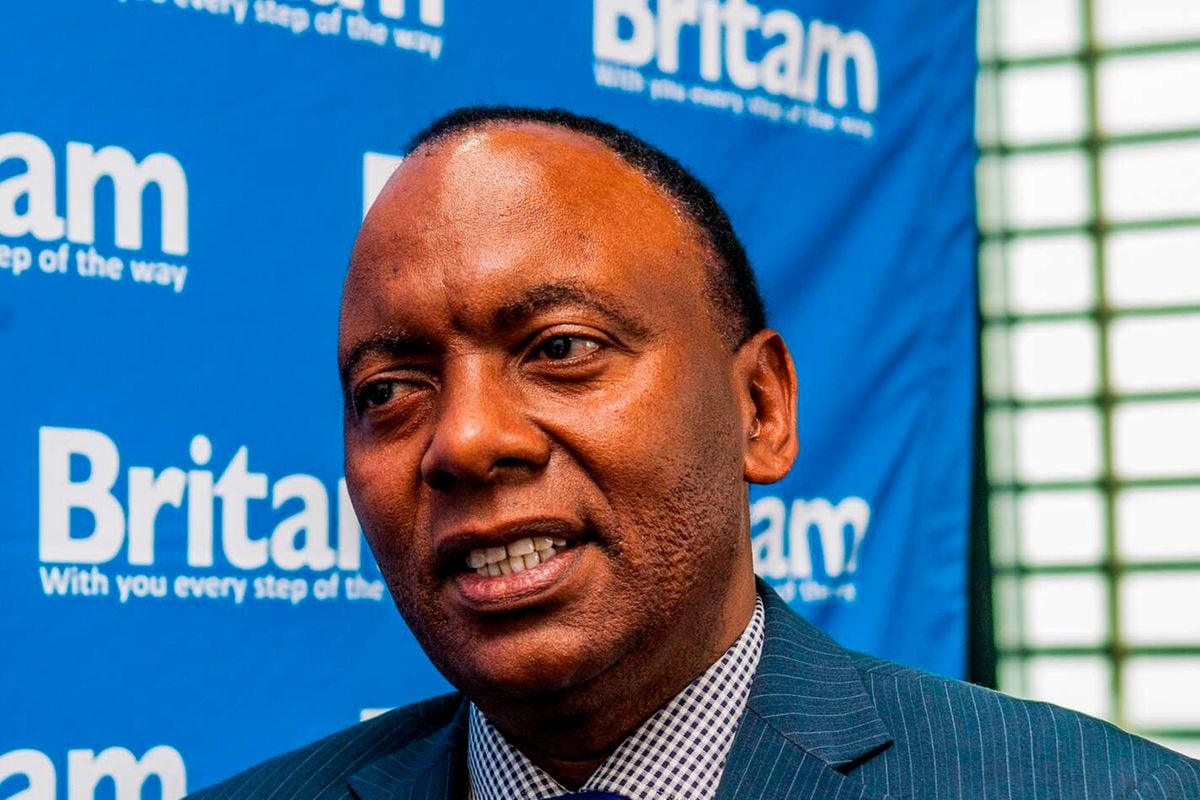Unit trusts or collective investment schemes added Sh10.3 billion in assets in the first three months of the year to the end of March as new capital continued to drive the expansion of the investment vehicle.
According to fresh data from the Capital Markets Authority (CMA), the units’ assets under management rose to Sh225.4 billion in March from Sh215.1 billion in December.
Recently licensed schemes have continued to lead the way in growing the asset base of the unit trusts, with the Etica Unit Trust Scheme, for instance, having more than tripled its assets to Sh1 billion from Sh275.5 million previously.
Lofty-Corban Unit Trust Scheme, GenAfrica and KCB Unit Trust Scheme, meanwhile, saw their assets under management rising by 98 percent, 79.9 percent and 70.7 percent to Sh908.7 million, Sh757.4 million, and Sh1.5 billion, respectively.
Legacy collective schemes saw a mixed performance in the quarter, with the assets of CIC Unit Trust, for instance, sliding by 2.2 percent to Sh61.9 billion from Sh63.3 billion in December, while Sanlam Unit Trust assets rose by 18.2 percent to Sh29.6 billion.
“The assets under management increased steadily over the past six years from Sh56.6 billion as of March 31, 2018 to Sh225.4 billion as of March 31, 2024,” CMA indicated.
Securities issued by the government remained the leading investment destination for the unit trusts, accounting for 48 percent of the assets, having grown by six percent in the quarter to Sh107.6 billion from Sh101.1 billion.
The schemes, however, raised holdings of cash and demand deposits by 54 percent, with the assets at Sh35.2 billion in March from Sh22.9 billion at the end of last year.
Investments in fixed deposits, listed and unlisted securities, off-shore investments, and immovable property were all down in the period, signifying a stance of investing in cash or near-cash instruments.
Money market funds, which primarily invest in short-term instruments, including treasury bills and fixed deposits, remained the leading category of unit trusts with Sh148.6 billion in assets, having grown by six percent in the quarter.
Equity funds made a return to growth in the three months on improved returns from the stock market, with assets rising by nine percent to Sh2.6 billion from Sh2.4 billion.]
The CMA has approved 36 collective investment schemes, which comprise 150 funds.
The unit trusts have soared on the back of technology, innovations such as the daily distribution of interest and a low floor for investing, which targets small retail investors who put as little as Sh100 as their initial investment.
















